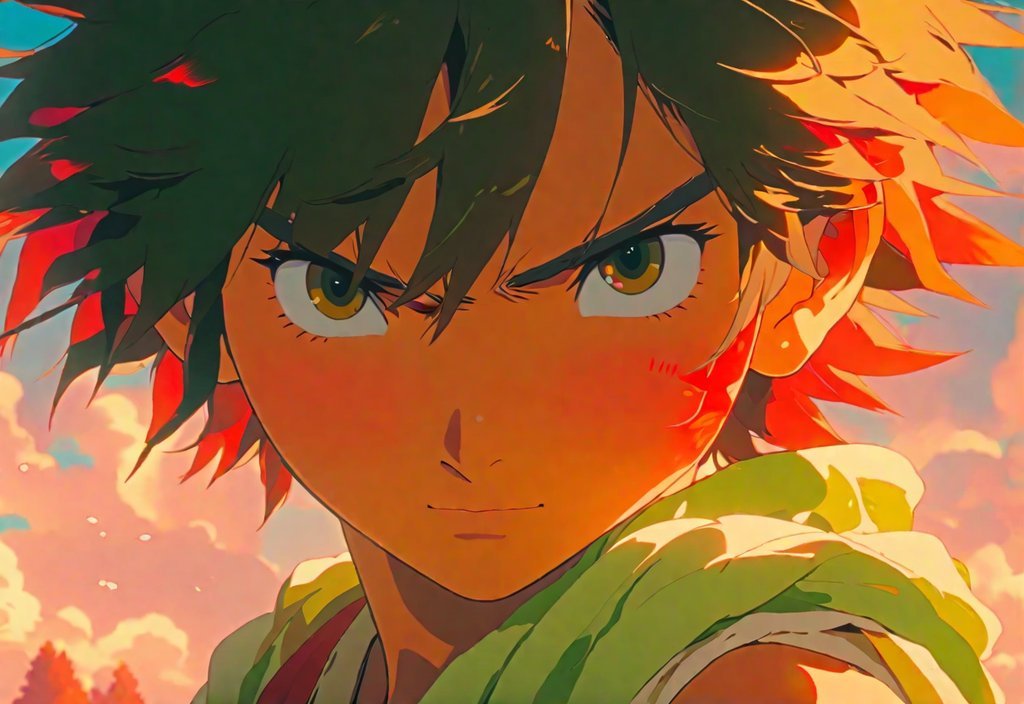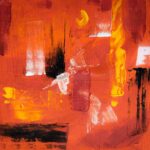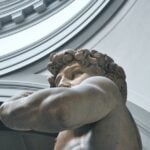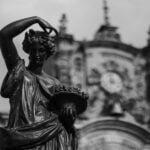Raphael, the visionary artist of the Renaissance, continues to captivate art enthusiasts with his timeless masterpieces. Behind his universally admired works lies a world of intriguing facts waiting to be unveiled. From his unique techniques to the symbolism embedded within his canvases, Raphael’s artistry holds countless untold stories. As we delve into the lesser-known aspects of his life and work, prepare to be mesmerized by the wonders of this iconic figure. Join us on a journey to explore fascinating facts about Raphael, allowing his genius to come alive in new and awe-inspiring ways.
Key Takeaways: Unveiling Raphael: Fascinating Facts about the Renaissance Master
- Raphael, also known as Raffaello Sanzio da Urbino, was a renowned artist during the High Renaissance.
- He showed artistic talent from a young age and received his early training in the workshop of Perugino, a leading artist in Perugia, Italy.
- Raphael was influenced by Leonardo da Vinci and had a close relationship with both Pope Julius II and Pope Leo X, receiving commissions for artworks from them.
- He was considered one of the three great masters of the High Renaissance, alongside Leonardo da Vinci and Michelangelo, known for his creativity and productivity.
- Despite his premature death at the age of 37, Raphael left behind a significant body of work, including paintings and frescoes.
- Raphael’s influence and popularity were reflected in his workshop in Rome, which had at least fifty students and assistants.
Interesting Facts About Raphael
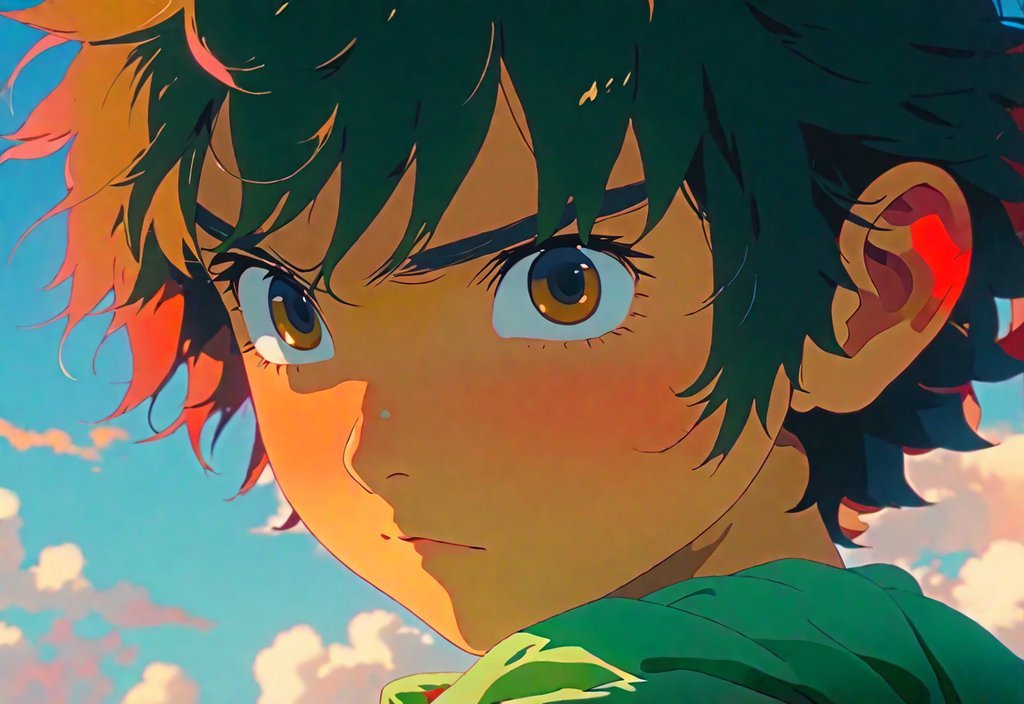
Raphael, also known as Raffaello Sanzio da Urbino, was a renowned artist during the High Renaissance. Let’s uncover some intriguing facts about this iconic figure:
Origin and Early Life
- Raphael was born on April 6, 1483, in Urbino, Italy, to a family deeply involved in the world of art.
- Raised by his stepmother, he displayed prodigious artistic talent from an early age, which was nurtured by his father, Giovanni Santi, a court painter to the Duke of Urbino.
Education and Teachers
- Raphael received his training in the workshop of Perugino, a leading artist in Perugia, Italy. It was under Perugino’s guidance that Raphael honed his skills and developed his distinctive style.
- He also drew inspiration from the works of the legendary Leonardo da Vinci, whose art left an indelible impact on the young artist.
Rivalry with Michelangelo
- Raphael’s undeniable talent often placed him in the spotlight, making him an unwitting rival to another great artist of the time, Michelangelo.
- Michelangelo’s discontentment grew, as he believed Raphael plagiarized his work. This rivalry between two artistic giants added a dramatic twist to the Renaissance art scene.
Relationship with Popes
- Raphael’s art caught the attention of both Pope Julius II and Pope Leo X, resulting in close relationships with the highest ecclesiastical authorities of the time.
- The Popes recognized his genius and entrusted him with numerous commissions, including the decoration of the Vatican Stanze and the creation of portraits.
Creativity and Productiveness
- In the illustrious era of the High Renaissance, Raphael firmly established himself as one of the three great masters, alongside Leonardo da Vinci and Michelangelo.
- Known for his creativity and productivity, Raphael’s body of work remains a testament to his incredible artistic talent and unwavering dedication.
Artistic Legacy
- Raphael’s influence extended far beyond his own creations. His workshop in Rome attracted dozens of aspiring artists, with at least fifty students and assistants under his guidance.
- Despite his untimely death at the age of 37, Raphael left behind countless masterpieces, ranging from paintings to awe-inspiring frescoes.
To delve deeper into Raphael’s life and his remarkable contributions to the world of art, you can refer to the following sources:
- “Biography: Raphael Art for Kids – Ducksters.” source
- “10 Facts about Raphael | Facts of World.” source
Raphael’s legacy continues to captivate art enthusiasts, and his works serve as a timeless inspiration for generations to come.
Here are some active internal links with anchor text and URLs:
- Facts About Zoology – Discover fascinating information about the world of zoology and the incredible creatures that inhabit it.
- Banker Facts – Uncover intriguing facts about bankers, their roles, and the financial industry they operate in.
- Facts About a Lamborghini – Dive into the world of luxury and high-performance with captivating facts about Lamborghini cars.
- Facts About Male Cats – Learn interesting and surprising facts about male cats, their behavior, and characteristics.
- Raphael Interesting Facts – Explore the fascinating life and artworks of the renowned Italian painter, Raphael.
The significance of Raphael’s ‘School of Athens’
The School of Athens, a remarkable fresco painted by Raphael between 1509 and 1511, stands as a testament to the brilliance of the Italian Renaissance. Located in the Stanza della Segnatura, this masterpiece is considered a pinnacle of Raphael’s work and holds immense significance in the world of art.
Symbolism of the Renaissance
One of the key reasons why the School of Athens is so significant is because it symbolizes the marriage of art, philosophy, and science during the Italian Renaissance. Raphael’s intention was to create harmony between the spirits of antiquity and Christianity, and this fresco perfectly captures that concept. It reflects the contents of the pope’s library, with themes of theology, philosophy, jurisprudence, and the poetic arts.
Representation of Knowledge
The fresco’s symbolism goes beyond its theological and philosophical themes. Each wall in the Stanza della Segnatura represents one of the four branches of knowledge: theology, literature, justice, and philosophy. The figures depicted in the School of Athens are notable philosophers and thinkers from ancient Greece, such as Plato and Aristotle. This representation of knowledge during the Renaissance showcases the significant influence of Greek thought on Italian society.
Innovative Artistic Techniques
Raphael’s School of Athens is not only intellectually significant but also artistically groundbreaking. It utilizes innovative techniques of the Renaissance, such as linear perspective and the realistic portrayal of human figures. The fresco’s composition and the attention to detail in each character exemplify Raphael’s mastery of his craft.
Raphael’s Magnum Opus
Considered one of Raphael’s greatest achievements, the School of Athens holds immense historical and artistic value. It encapsulates the spirit of the High Renaissance and the flourishing intellectual and artistic atmosphere of the time. This masterpiece continues to inspire awe and admiration for Raphael’s incredible talent and the Renaissance period as a whole.
Key Takeaways:
– The School of Athens symbolizes the marriage of art, philosophy, and science in the Italian Renaissance.
– Each wall in the Stanza della Segnatura represents a branch of knowledge, reflecting the intellectual advancements of the time.
– The fresco showcases Raphael’s innovative artistic techniques, including linear perspective and realistic human figures.
– The School of Athens is regarded as one of Raphael’s greatest achievements, exemplifying the spirit of the High Renaissance.
For more information on the significance of Raphael’s ‘School of Athens,’ refer to mymodernmet.com
Additional insights into Raphael’s concept for the fresco can be found on singulart.com
The mysterious death of Raphael
Raphael, the renowned Renaissance artist, left behind a legacy that continues to captivate art enthusiasts to this day. With his exceptional talent and artistic vision, he created masterpieces that showcased his profound understanding of form, composition, and symbolism. However, despite his incredible achievements, Raphael’s life was cut short at the age of 37, leaving behind a mysterious void and unanswered questions about his untimely demise.
Unraveling the mystery
The mysterious death of Raphael has intrigued historians, art enthusiasts, and scholars for centuries. Speculations about the cause of his sudden and unexpected death range from fever to venereal disease, but the truth remains elusive. To truly understand the enigma surrounding his death, we must delve into the details of his life and the circumstances leading up to that fateful day.
1. A prodigious talent
From a young age, Raphael displayed remarkable artistic talent. Born on April 6, 1483, in Urbino, Italy, he grew up in an environment steeped in artistic and cultural development. His father, Giovanni Santi, was a court painter to the Duke of Urbino, instilling in Raphael a deep appreciation for the arts. Under the guidance of his father and later his master, Pietro Perugino, Raphael honed his skills and quickly rose to prominence as a master of the Early Renaissance.
2. The influence of Renaissance giants
Raphael’s artistic journey was profoundly influenced by two other Renaissance giants: Leonardo da Vinci and Michelangelo. During his time in Florence, Raphael immersed himself in the vibrant artistic atmosphere and absorbed the groundbreaking techniques and ideas of his contemporaries. His interactions and artistic exchanges with these two luminaries shaped his style and pushed the boundaries of his creativity.
3. A rivalry that fueled artistic excellence
Arriving in Rome in 1508, Raphael found himself in the midst of a heated rivalry with Michelangelo, who was already renowned for his extraordinary achievements. Their competition fueled a creative fire within Raphael, and he created some of his most iconic works during this period. As they vied for recognition and prestige, their groundbreaking artistry forever shaped the Renaissance art scene.
4. The Vatican commission
Pope Julius II recognized Raphael’s immense talent and commissioned him to create a series of frescoes in the Raphael Rooms of the Vatican papal palace. These remarkable frescoes, which showcased Raphael’s skill and mastery, became a testament to his artistic genius. The intense pressure, coupled with the demanding nature of the commission, added to the burdens Raphael bore during his final years.
5. A sudden and unexpected end
On April 6, 1520, on his 37th birthday, tragedy struck the art world. Raphael passed away, leaving behind a body of work that forever solidified his place among the greatest artists in history. Despite numerous theories surrounding his death, the true cause remains shrouded in mystery. Some speculate illness, while others suggest the possibility of an underlying condition. Regardless, Raphael’s mysterious death only adds to the allure of his legacy.
Key Takeaways:
- Raphael, an artist of the High Renaissance, left an indelible mark on the art world.
- His early training under Pietro Perugino and exposure to Leonardo da Vinci’s ideas shaped his artistic vision.
- Raphael’s rivalry with Michelangelo fueled his artistic excellence and resulted in iconic works.
- Commissioned by Pope Julius II, Raphael created the famous frescoes in the Raphael Rooms.
- Raphael’s sudden and unexpected death on his 37th birthday remains shrouded in mystery.
Sources:
Raphael’s Impact on the Art World
Raphael, the renowned Renaissance artist, left an indelible mark on the art world with his innovative techniques, striking compositions, and captivating storytelling. Through his contributions, he revolutionized the way people looked at art and influenced generations of artists that followed. Let’s explore the fascinating facts that highlight Raphael’s impact on the art world.
A Trailblazer in Printmaking
Raphael was one of the pioneering artists to embrace the medium of printmaking, a technique that allowed for the mass production and dissemination of images. By using this method, he expanded the reach of his artworks, making them more accessible to a wider audience. This innovation not only showcased his technical skill but also significantly impacted the art world by democratizing the availability of visual representation.
Transforming Emotional Expression
In the realm of art, Raphael challenged the prevailing conventions by infusing his paintings with realistic emotions. His ability to convey a range of human expressions and capture the complexities of the human psyche set him apart from his contemporaries. Through his art, he brought forth a new understanding of emotion’s role in visual storytelling, thus influencing subsequent generations of artists to explore and depict inner emotional landscapes.
Meticulous Attention to Detail
Raphael’s masterful use of intricate detail in his portraits is yet another aspect that left an indelible impact on the art world. His dedication to capturing the nuances of his subjects’ appearance, from the texture of their clothing to the delicate contours of their faces, introduced a level of realism and precision that was unprecedented at the time. This meticulous attention to detail not only heightened the visual impact of his works but also inspired future artists to strive for technical excellence.
A Myth Surrounding his Untimely Death
Raphael’s untimely passing at the age of 37 added to the mystique of his extraordinary talent. The circumstances surrounding his death remain shrouded in mystery, with various speculations suggesting causes such as fever or venereal disease. Regardless of the actual cause, his premature demise created an aura of legend around his work, further elevating his status as one of the greatest artists of the Renaissance.
Key Takeaways:
- Raphael’s innovative use of printmaking expanded the accessibility and availability of art.
- He transformed the art world by portraying realistic emotions in his paintings.
- Raphael’s meticulous attention to detail set new standards for technical excellence.
- The untimely and mysterious nature of his death added to his legendary status as an artist.
Sources:
– dailyhistory.org
– ipl.org
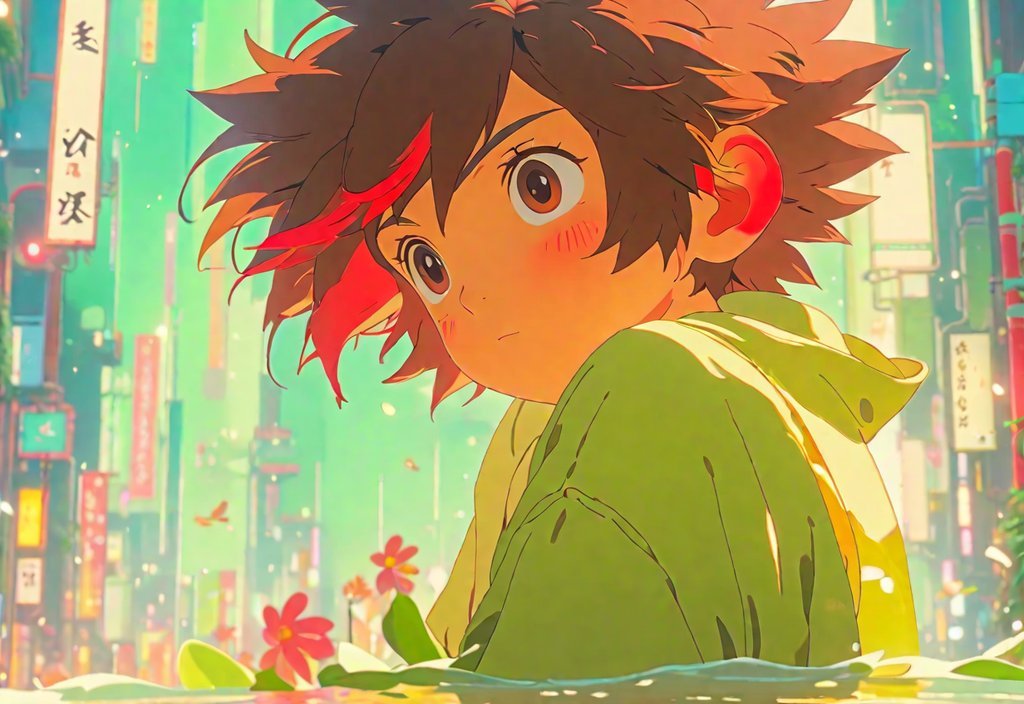
FAQ
Q1: When and where was Raphael born?
A1: Raphael was born on April 6, 1483, in Urbino, Italy.
Q2: Who were Raphael’s teachers and influences?
A2: Raphael trained under the renowned artist Pietro Perugino and was greatly influenced by Leonardo da Vinci.
Q3: What is Raphael’s most famous work?
A3: One of Raphael’s most famous works is the fresco called the School of Athens, which is located in the Stanza della Segnatura in the Vatican.
Q4: What is the significance of the School of Athens fresco?
A4: The School of Athens is significant because it symbolizes the marriage of art, philosophy, and science during the Italian Renaissance, and it reflects the themes of theology, philosophy, jurisprudence, and the poetic arts.
Q5: How did Raphael’s early death impact his legacy?
A5: Raphael’s untimely death at the age of 37 solidified the legend of his extraordinary talent and ensured his place as one of the greatest artists of the Renaissance.
